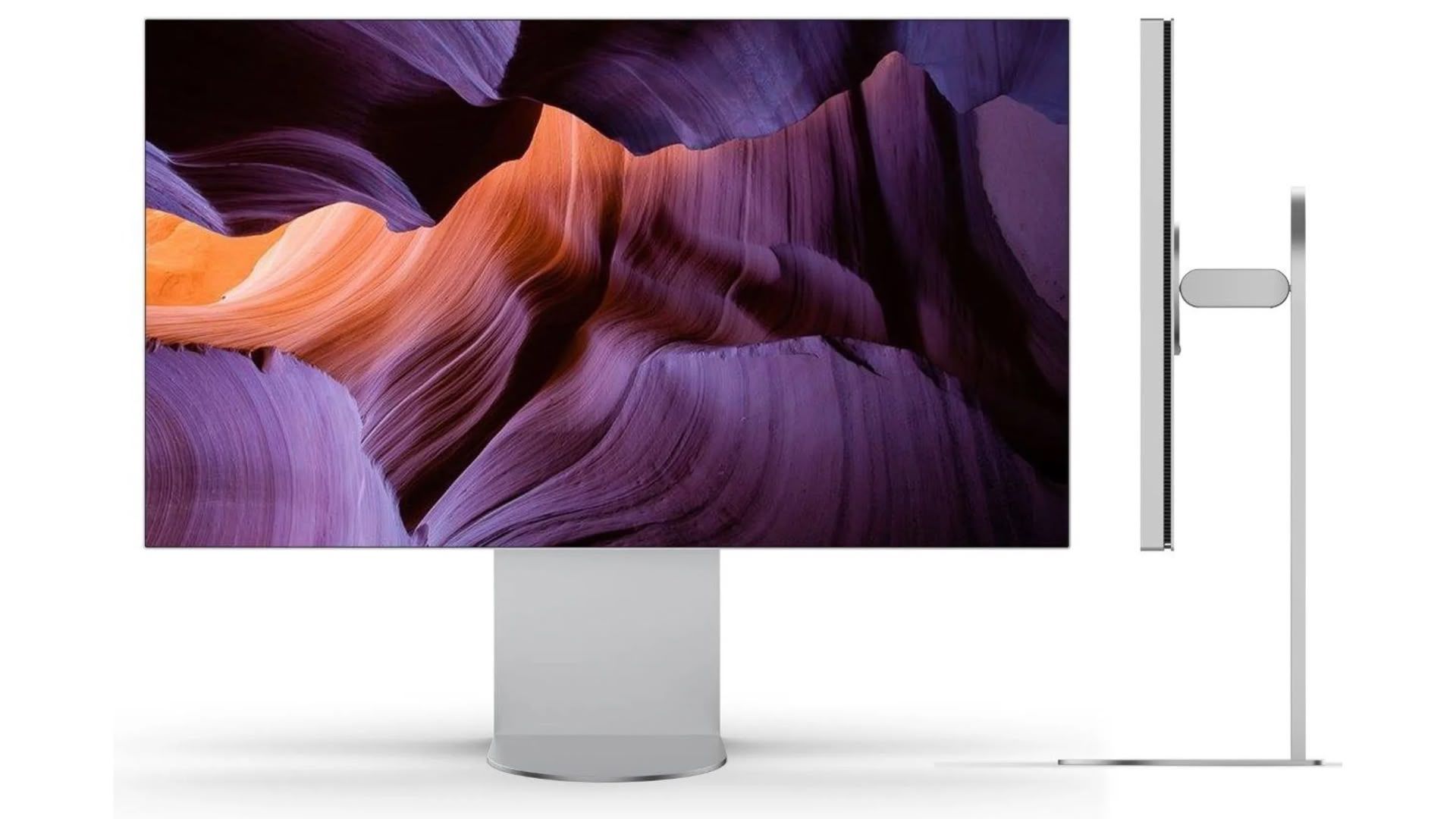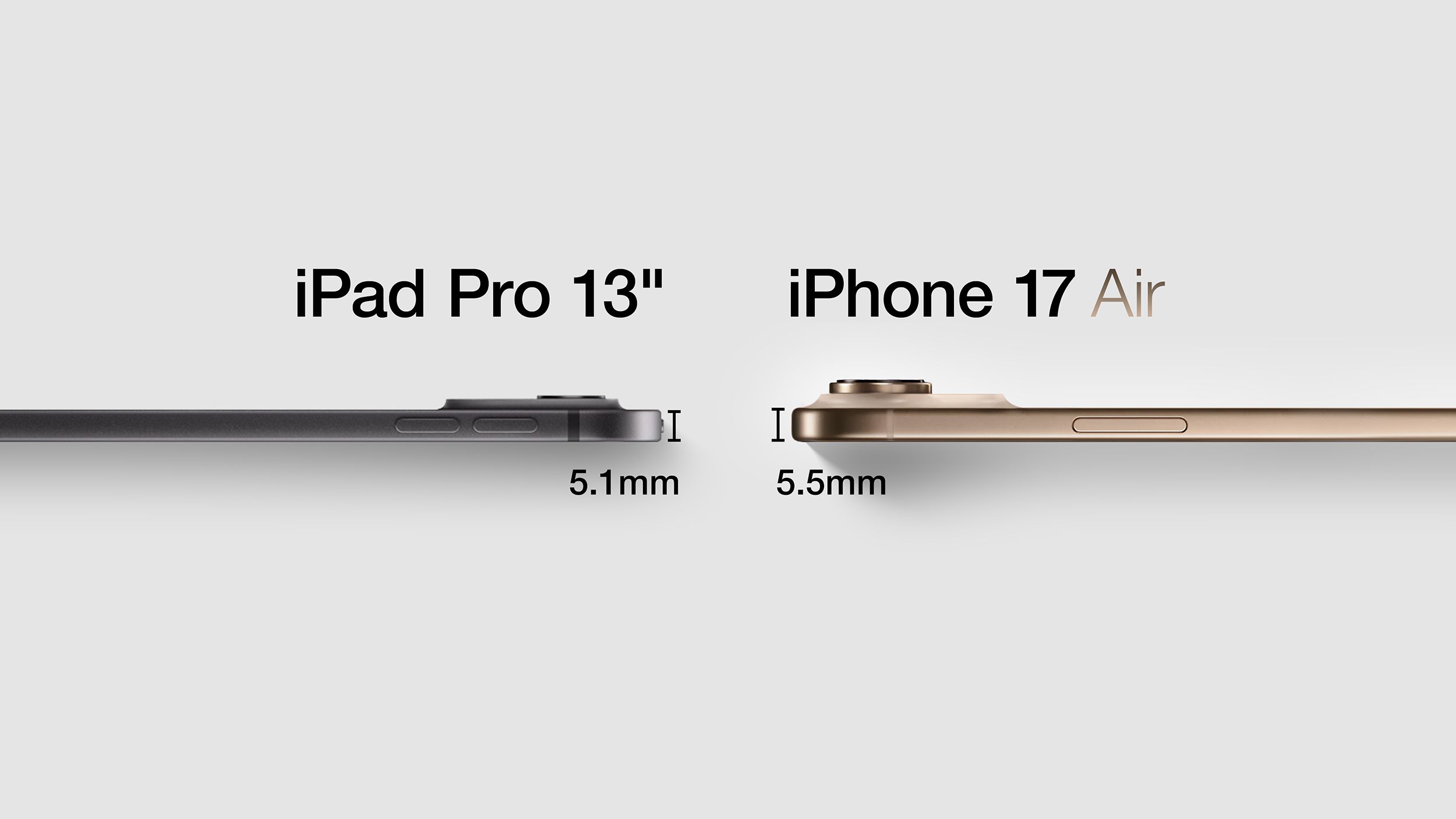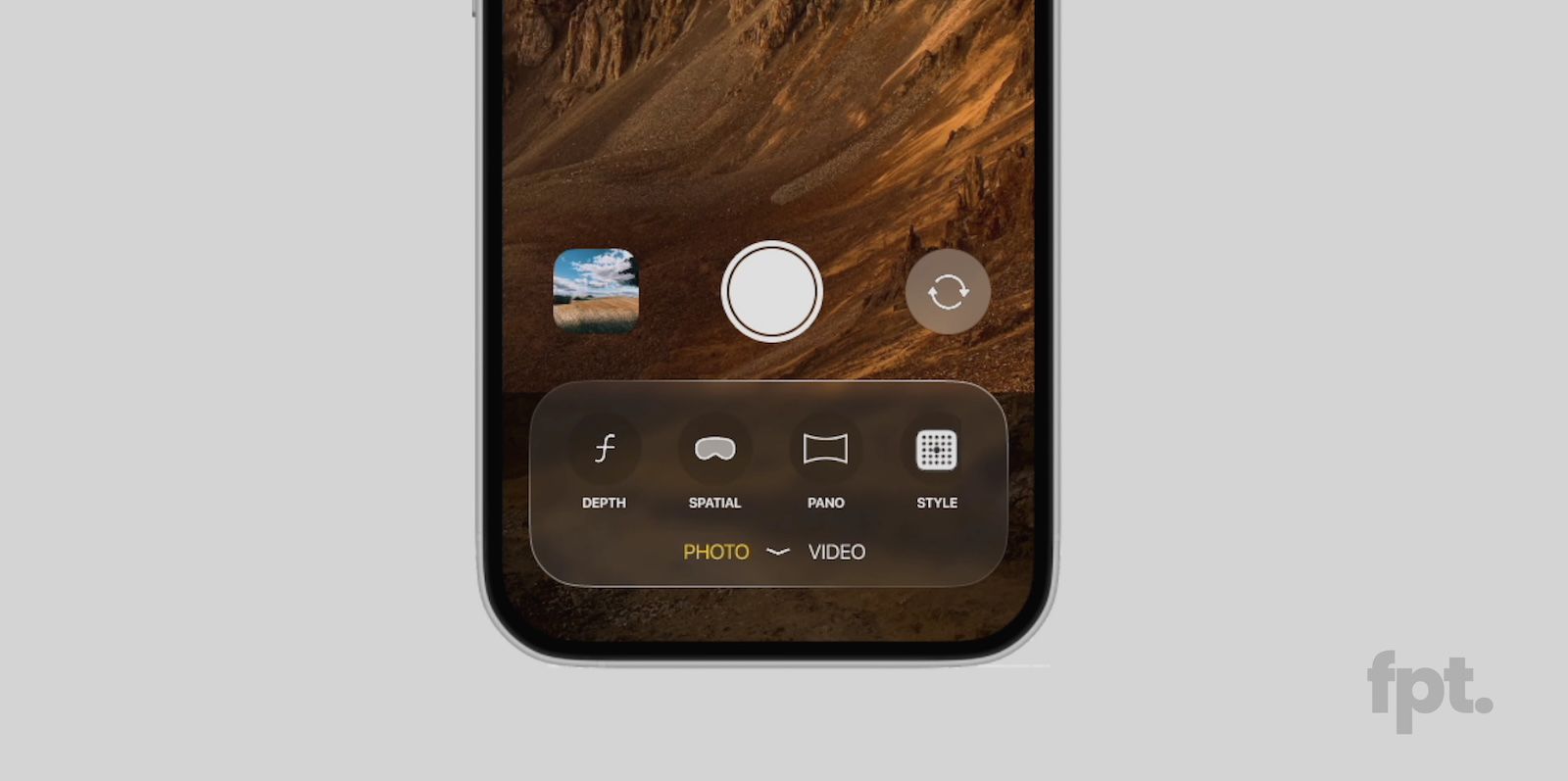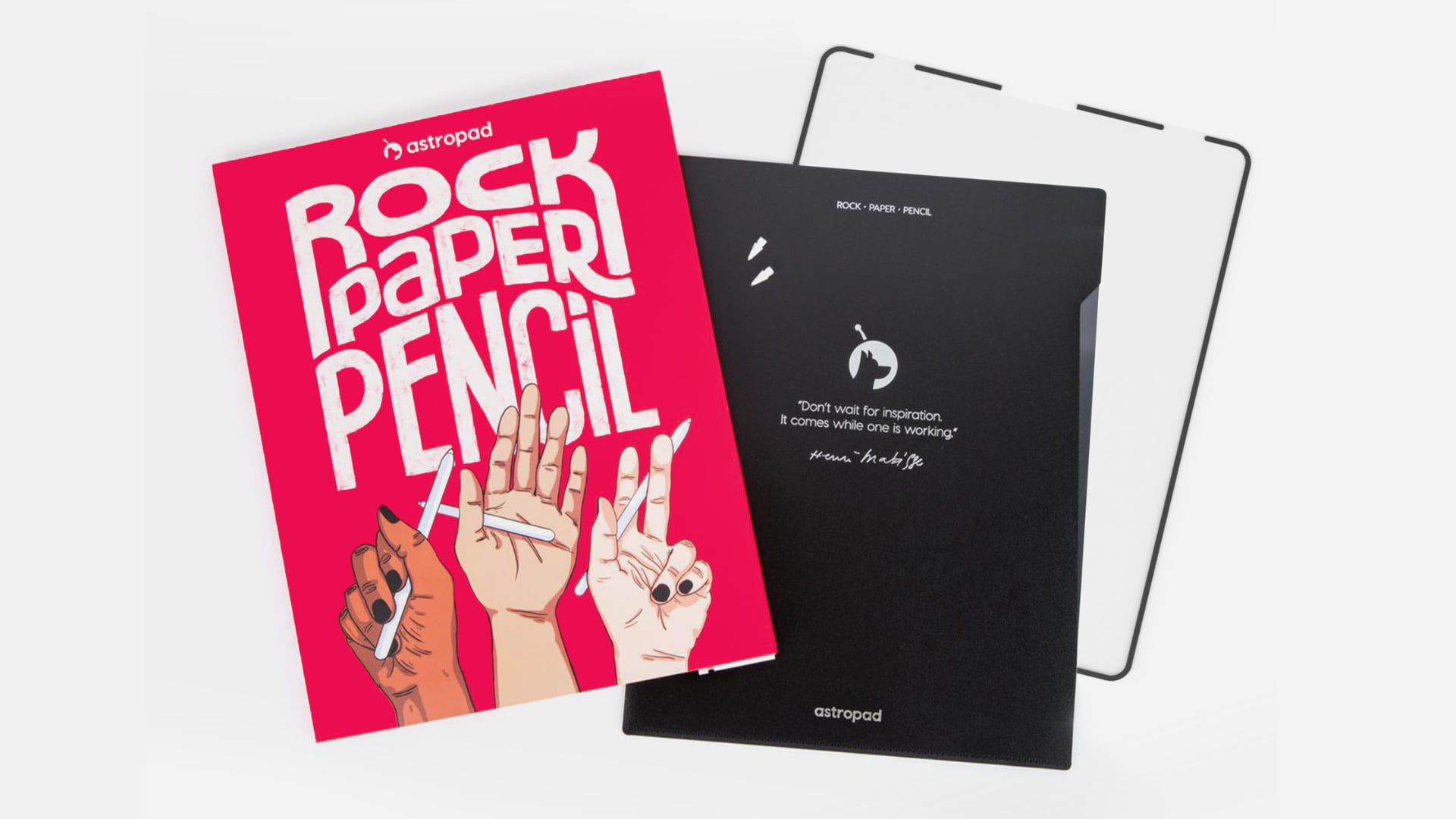
1 View | 8 min | Published On: January 7, 2025 Last Updated: January 7, 2025
According to market statistics, the Grocery Delivery market worldwide is set to achieve a staggering revenue of US$945.00bn by the year 2025.
This exponential growth reflects the increasing need for on-demand delivery services, particularly in the grocery delivery app business. With more consumers opting for the convenience of having their groceries delivered directly to their door, now is the time to capitalize on this growing industry.
Let’s take a look at global online grocery market:

Investing in a grocery delivery app, such as a Big Basket-like platform, can enable your company access this profitable market. Not only will you fulfill the growing demand for ease, but you will also benefit from offering clients with a specialized and seamless shopping experience. A well-designed grocery delivery app can help to improve operations, increase consumer loyalty, and boost revenue by enhancing accessibility and service.
In today’s guide, we’ll discuss thoroughly about grocery app development like BigBasket, top features of grocery app, development costs, and much more. Let’s dive in:
Types of Grocery Apps
Let’s learn the different types of grocery applications. Understanding these categories will assist you in choosing the right grocery application for your business.

1. Online Grocery Stores
| Online Grocery Stores | Estimated Development Cost: $30,000 – $120,000+ |
|---|
Think of traditional grocery shopping where you’ve to visit a physical store. Now, if we talk about online grocery – they act as digital storefronts for grocery chains or retailers.
81% of consumers like online grocery apps because they are convenient.
Customers can browse products, add items to their carts, and place orders for pickup or delivery from the comfort of their homes.
Retail giants like Walmart and Kroger use these apps to improve customer retention and optimize operations.
2. Grocery Delivery Apps
| Grocery Delivery Apps | Estimated Development Cost: $50,000 – $150,000+ |
|---|
In November 2024, 77.8 million households opted to buy groceries online, highlighting the growing reliance on digital solutions for everyday needs.
Grocery delivery apps have transformed the grocery delivery market and offered unparalleled convenience by delivering products directly to customers’ doorsteps—often within minutes or hours.

These apps, which include industry giants like Shipt and Instacart, place a high value on speed and efficiency. They work with local stores and warehouses to ensure a perfect shopping experience.
Features that make grocery shopping easier and faster, such real-time order tracking, configurable delivery scheduling, and a range of secure payment options, add to their appeal.
3. Specialty Grocery Apps
| Speciality Grocery Apps | Estimated Development Cost: $30,000 – $120,000+ |
|---|
Specialty grocery applications target specialized markets by offering a carefully curated selection of specialty food items, such as organic, vegan, gluten-free, or ethnic goods. These apps are designed to take into account the unique nutritional needs and lifestyle of each user.
In 2023, the global organic food market grew by an astounding $272 billion, largely due to online sales. Specialty apps give users the flexibility to manage subscriptions and change orders to suit their requirements and tastes.
MilkBasket and DailyNinja are well-known examples that are notable for their emphasis on providing fresh, superior items that are customized to the interests of its customers.
In addition to making grocery shopping easier, these applications improve user experience by offering smooth order management and tailored recommendations.
4. Subscription-based Grocery Apps
| Subscription-based Grocery Apps | Estimated Development Cost: $30,000 – $120,000+ |
|---|
Subscription apps deliver groceries on a regular basis for a recurring cost. Customers can create their own delivery schedules and product lists. 70% of users stay subscribing due to convenience and cost savings.
These applications, like HelloFresh and Blue Apron, provide consumers with meal kits or grocery boxes that are personalized to their specific needs. Subscribers frequently benefit from discounts and loyalty perks.
5. Individual Grocery Apps
| Subscription-based Grocery Apps | Estimated Development Cost: $25,000 – $120,000+ |
|---|
Individual grocery applications are standalone apps created by specific supermarket businesses. These apps frequently provide in-store navigation, digital coupons, and loyalty programs.
To strengthen their brand identification, retailers such as Aldi and Lidl develop individual grocery applications. Finally, these apps improve their digital footprint and consumer experience.

Essential Features of Grocery Delivery App Development
We’ve discussed the top features to integrate into your grocery delivery app, including the user, admin, and delivery partner panels.
Let’s get into details:
Features for User Panel
Let’s check the features that you can consider for the user panel for the grocery app:

| Feature | Description |
|---|---|
| User Registration & Login | Simplified sign-up via email, phone number, or social media. |
| Product Catalog | Organized categories for easy navigation and product discovery. |
| Search & Filters | Advanced search with filters for price, brand, or popularity. |
| Add to Cart & Wishlist | Allows users to save items for immediate or future purchases. |
| Real-Time Order Tracking | Provides live updates on order status and delivery time. |
| Multiple Payment Options | Integration with credit/debit cards, wallets, UPI, and cash on delivery. |
| Scheduled Deliveries | Users can choose specific delivery dates and time slots. |
| Order History | A list of previous orders for reordering convenience. |
| Push Notifications | Alerts for discounts, offers, and order status updates. |
| Ratings & Reviews | Users can review products and share feedback. |
Features for Admin Panel
Let’s check the features that you can consider for the admin panel for the grocery app:

| Feature | Description |
|---|---|
| Dashboard | Comprehensive overview of orders, revenue, and user statistics. |
| Inventory Management | Real-time updates on product stock and availability. |
| Order Management | Tools to view, edit, and track orders. |
| User Management | Add, edit, or deactivate user accounts. |
| Delivery Partner Management | Monitor delivery personnel and assign tasks. |
| Promotions & Discounts | Create and manage coupons and promotional campaigns. |
| Reports & Analytics | Insights into sales trends, user activity, and app performance. |
| Notification Management | Send push notifications for updates and marketing. |
| Multi-Vendor Management | If applicable, oversee multiple vendors and their inventory. |
| Payment Settlement | Manage vendor payments and earnings distribution. |
Features for Delivery Partner Panel
Let’s check the features that you can consider for the delivery partner panel for the grocery app:

| Feature | Description |
|---|---|
| Profile Management | Allows drivers to update personal details and documents. |
| Order Assignment | Notifications for new delivery tasks based on proximity. |
| Real-Time Navigation | Integration with maps for optimized delivery routes. |
| Order Details | View customer details, address, and special instructions. |
| Delivery Status Update | Options to mark deliveries as “picked up,” “on the way,” or “delivered.” |
| Earnings Dashboard | Detailed view of completed orders and earnings. |
| Availability Toggle | Option to mark availability for accepting deliveries. |
| Support & Assistance | Access to customer support for resolving issues. |
| Delivery History | List of completed deliveries for record-keeping. |
| In-App Chat/Call | Secure communication with customers or admin. |
How Much Does it Cost to Build a Grocery Delivery App Like BigBasket?
There’s no fixed development cost for online grocery app development. This is mainly because the development cost depends on several factors. This includes the project’s complexity, app platform, UX UI, tech stack, development team, and more.
However, the estimated grocery delivery app development cost ranges from $10,000 to $80,000 or above.
Let’s check the estimated development cost of the grocery delivery application:
| Factor | Description | Estimated Cost |
|---|---|---|
| App Platform | Developing for iOS, Android, or both. Costs for both platforms are higher. | $10,000 – $30,000 |
| UX UI | Custom designs, user-friendly interface, and branding elements. | $5,000 – $15,000 |
| Backend Development | Server infrastructure, database management, APIs for functionality. | $15,000 – $40,000 |
| Frontend Development | Building user-facing app interfaces for seamless interaction. | $10,000 – $25,000 |
| Third-Party Integration | Payment gateways, SMS notifications, map services, and analytics tools. | $5,000 – $15,000 |
| Testing & QA | Ensuring app quality, performance, and bug-free experience. | $5,000 – $10,000 |
| Deployment & Launch | Publishing the app on App Store and Google Play with the necessary configurations. | $2,000 – $5,000 |
| Post-Launch Maintenance | Regular updates, bug fixes, and adding new features (per year). | $5,000 – $20,000 annually |
Here’s a formula through which you can easily calculate your app development cost:
| Total Grocery Delivery App Development Cost = Hourly Rate of Developers X Development Time |
|---|
Let’s now take a look at the developer’s hourly rates:
| Region | Hourly Rate |
|---|---|
| Eastern Europe | $85 – $120/hour |
| Western Europe | $60 – $160/hour |
| USA | $70 – $200/hour |
| India | $25 – $180/hour |
Now, let’s know the developer’s hourly rates based on their experience:
| Developer Level | Hourly Rate |
|---|---|
| Junior App Developers | $60 – $90/hour |
| Mid-Level App Developers | $100 – $120/hour |
| Senior-Level App Developers | $120 – $200/hour |
How to Make Money from Grocery App Development Like BigBasket?
Let’s understand top 5 monetization strategies for grocery app development like BigBasket:

1. Commission-Based Model
Earn a percentage of each sale made through your app by partnering with local grocery stores, vendors, or brands. This model is particularly effective for multi-vendor platforms.
- Example: Charge vendors 10% to 20% of their order value as commission.
- Benefit: A scalable revenue stream that grows with the number of vendors and orders.
2. In-app Advertising
Allow businesses and grocery retailers permission to advertise their products on your app. Examples of in-app advertising that can generate a substantial amount of revenue include banner ads, sponsored listings, and exclusive offers.
- Example: Charge $500–$5,000 per ad campaign, depending on app traffic.
- Benefit: Provides additional income without increasing costs for users.
3. Delivery Service Fee
When clients’ orders fall short of the minimum purchase quantity, they are charged for delivery. Additionally, tiers of delivery fees can be added based on distance, delivery duration, or request urgency.
- Example: $2–$6 per delivery for orders below $30.
- Benefit: Encourages larger order sizes while covering delivery logistics costs.
4. Surge Pricing
When demand is high, such as on weekends, holidays, or in inclement weather, use dynamic pricing. For assured time slots or quicker delivery, customers pay more.
- Example: A 10%–30% increase in delivery charges during peak times.
- Benefit: Boosts earnings during increased demand while balancing the delivery load.
5. Collaborative Partnership
Collaborate with banks, credit card companies, or payment systems to provide users discounts, rebates, or loyalty rewards. You get a share of the promotional costs from these partnerships.
- Example: Partner with a digital wallet provider for exclusive discounts funded by the partner.
- Benefit: Attracts new users while creating a win-win for all stakeholders.
5 Benefits of Grocery App Development Like BigBasket
Building a grocery app like BigBasket offers significant advantages for both businesses and customers. Here are five key benefits:

1. Increased Customer Convenience
Grocery applications provide a seamless shopping experience by enabling users to order products at any time and from any location. Features like scheduled deliveries, real-time order tracking, and easy payment alternatives boost user happiness.
- Example: Customers can schedule grocery deliveries for specific times, reducing the hassle of visiting stores.
- Benefit: Builds customer loyalty and expands your user base.
2. Broader Market Reach
A grocery app allows you to offer customers in different locations by eliminating geographical limits. This leads your business to reach a broader market and target customers at a large scale.
- Example: BigBasket operates in various cities, enabling access to a larger customer base.
- Benefit: Increases revenue potential and establishes your brand in new markets.
3. Cost Efficiency for Businesses
Digitalizing grocery operations reduces rent and other costs associated with operating physical locations. Simplified inventory management and automated processes further boost operational efficiency.
- Example: Automated stock updates prevent overstocking or understocking.
- Benefit: Higher profit margins and reduced operational overheads.
4. Enhanced Customer Engagement
Integrated features that keep customers interested include personalized suggestions, loyalty plans, and promotion alerts. Offers can be customized to each customer’s preferences using data-driven insights.
- Example: Offering discounts based on a customer’s purchasing history increases repeat orders.
- Benefit: Boosts customer retention and encourages frequent purchases.
5. Diverse Revenue Streams
Multiple revenue streams, including vendor commissions, in-app advertising, and delivery fees, are made possible by grocery applications. Your company can expand and continue to turn a profit if it has multiple sources of income.
- Example: BigBasket earns revenue through subscription plans (BB Star), advertising, and partnerships.
- Benefit: Ensures a steady and diversified income flow.
Your Grocery App Business Success Starts Here—Partner with Apptunix Today!
Ready to build a grocery delivery app that stands out?
Partner with Apptunix, a leading on-demand delivery app development company where we bring your vision to life with cutting-edge technology, seamless designs, and unmatched expertise. Our expert Android & iOS developers, designers and our entire team will assist you with custom solutions tailored to your business needs to creating scalable, user-friendly apps, we ensure your app performs efficiently and grows with your business.
Here’s why we’re your ideal partner:
| Apptunix Advantage | |
|---|---|
| Custom Solutions | Tailored development to meet your unique business needs and market demands. |
| Affordable Pricing | Competitive pricing with world-class app development aligned with your budget. |
| Advanced Technology | Leverage the latest tech stack for robust, scalable, and feature-rich apps. |
| End-to-End Support | From initial planning to post-launch maintenance, we’re with you at every step. |
| 24/7 Support | Round the clock support to ensure smooth operations and continuous improvement. |
Start your journey to success with Apptunix—your trusted partner in grocery app development. Let’s build something extraordinary today!


Frequently Asked Questions(FAQs)
Q 1.What is a grocery app, and how does it work?
A grocery app allows users to browse, order, and receive groceries online. Customers select items, make payments, and track deliveries, while stores and delivery agents manage inventory and logistics.
Q 2.How long does it take for grocery app development like Bigbasket?
It typically takes 3 to 12 months, depending on your project’s complexity, features & functionality, tech stack, UX UI design, and other factors.
Q 3.How much does it cost for grocery delivery app development like Bigbasket?
The cost ranges from $20,000 to $150,000+, depending on features, platforms, and team location.
Q 4.What technologies are used for developing grocery shopping apps?
Some of the latest technologies integrated to develop grocery shopping apps include:
- Frontend: React Native, Flutter
- Backend: Node.js, Python (Django)
- Database: MongoDB, MySQL
- APIs: Stripe, Google Maps
- Cloud: AWS, Google Cloud
Q 5.Can you make grocery apps like Walmart, Bigbasket, or Instacart?
Yes, Our expert grocery app developers can assist you in building grocery clone apps like Bigbasket, Instacart, and Walmart. We offer tailored and custom grocery app solutions that will meet your unique needs and requirements. All you need to do is to share your ideas, features you want, and integrations – and we’ll do the rest.
Q 6.Do I need hybrid or native mobile apps?
Choosing hybrid or native mobile apps depends on your target audience and budget. Let’s take a look at both of them:
- Hybrid Apps: Single codebase for iOS and Android, cost-effective, faster development. They are ideal for startups.
- Native Apps: Platform-specific, better performance, and advanced features. Suitable for apps with heavy functionalities.
Our recommendation is to start with a MVP hybrid, then switch to native if performance scalability becomes a priority.
Join 60,000+ Subscribers
Get the weekly updates on the newest brand stories, business models and technology right in your inbox.







